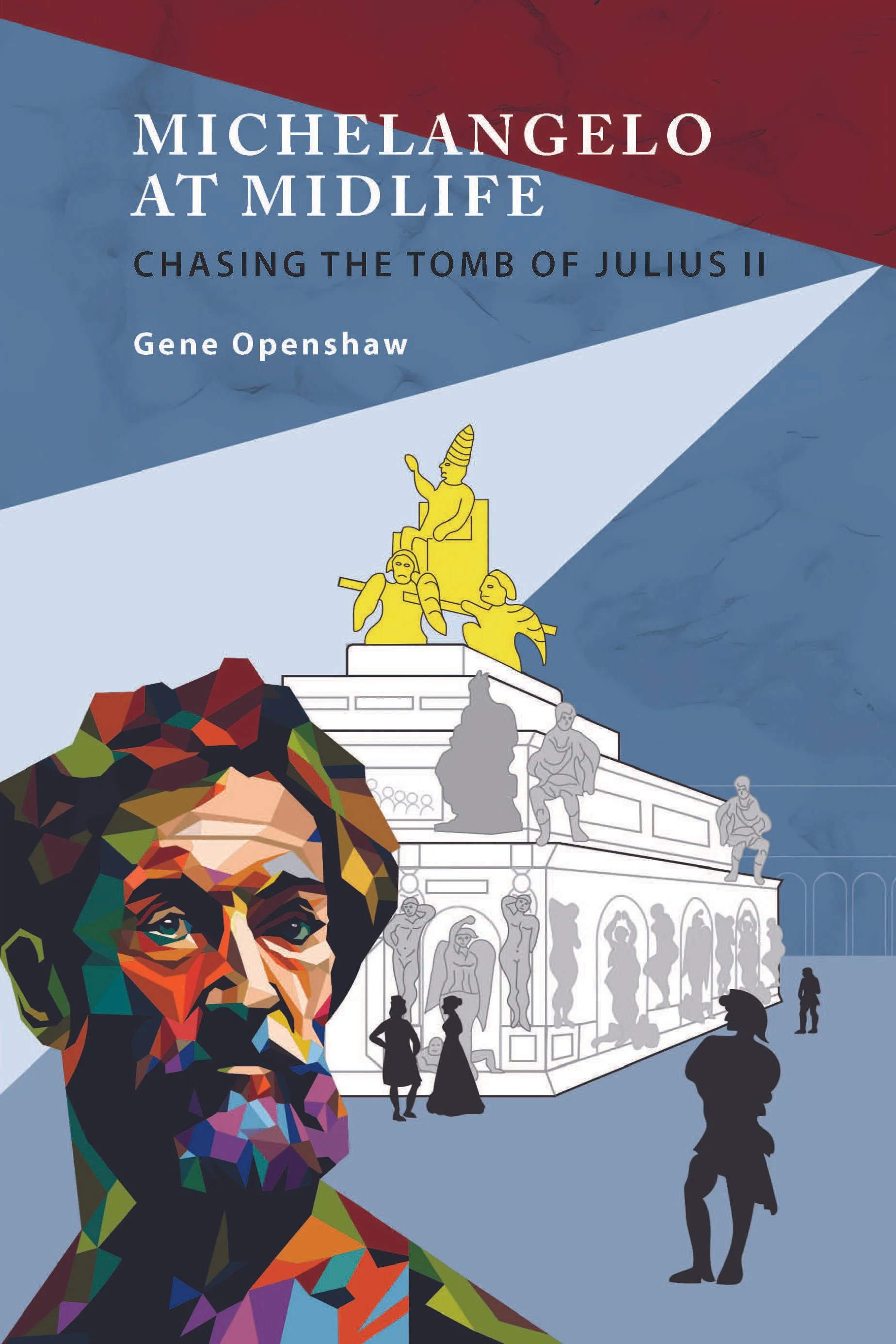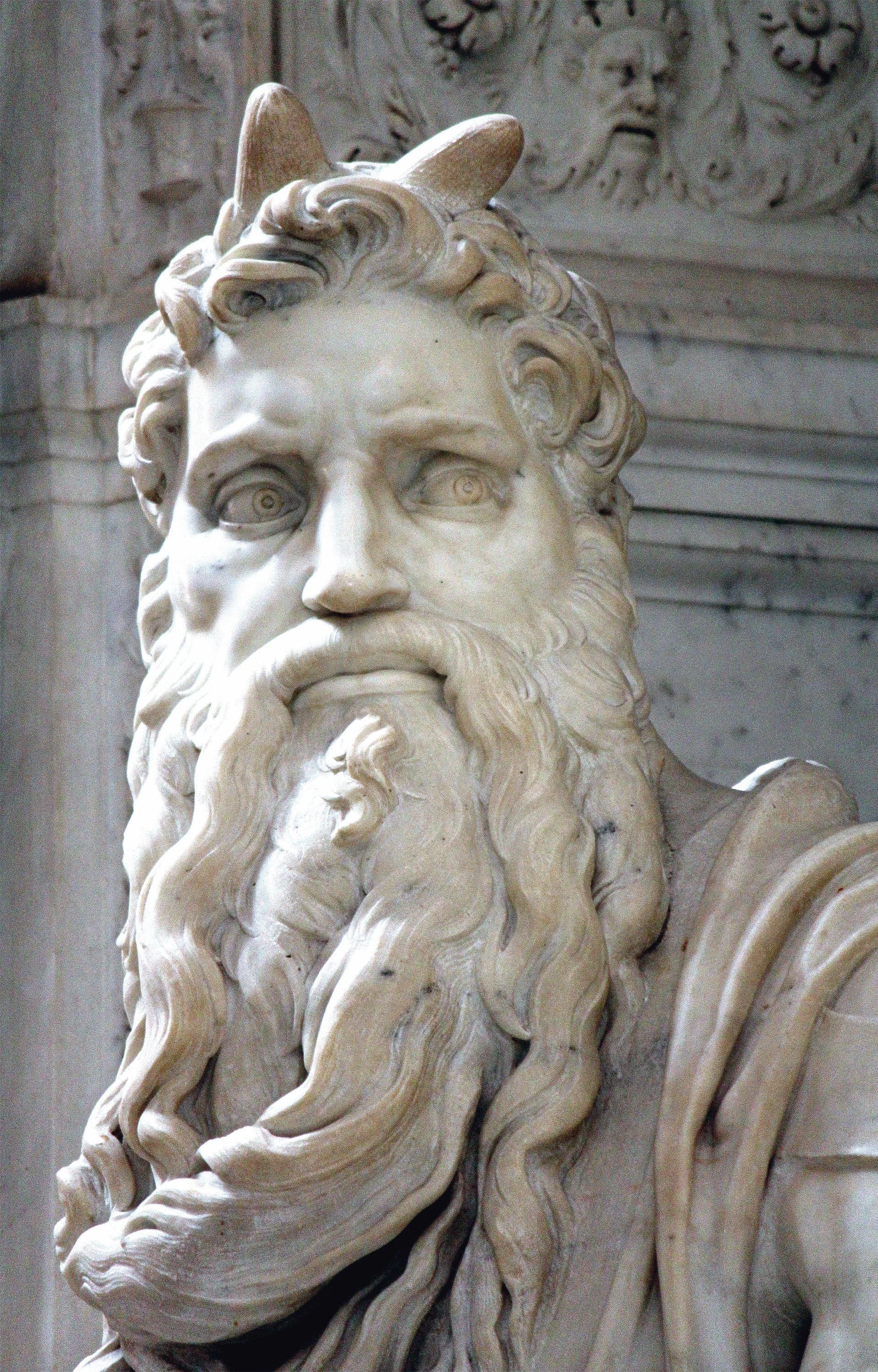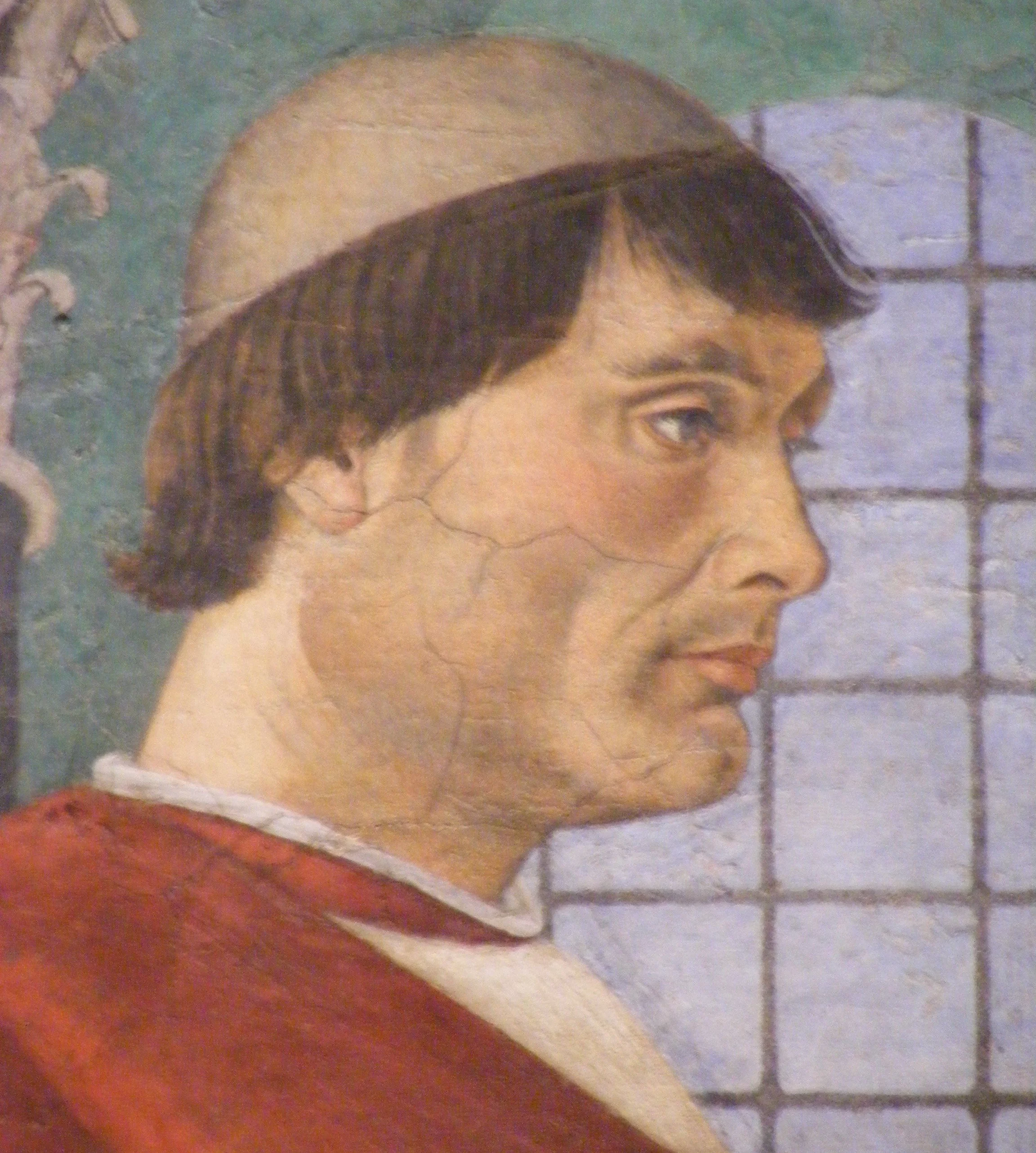BOOKS
BOOKS
Michelangelo at Midlife
and Rick Steves books & TV
Travel, history, music, poetry, the arts, personal life events, humor, and the shared universe of Big Ideas… all find expression in Gene Openshaw’s work.
His most recent book, which combines them all, is…
MICHELANGELO AT MIDLIFE: CHASING THE TOMB OF JULIUS II
A traveler’s quest for Michelangelo’s most troubled masterpiece.
FROM FLORENCE TO PARIS TO ROME, a man crisscrosses Europe in search of Michelangelo’s most notorious work: the Tomb of Pope Julius II. Along the way, he teams up with an intriguing Italian woman who opens his eyes to the artist’s troubled inner life and the personal struggle they all share—an acute midlife crisis…
Michelangelo at Midlife is typical of Gene’s work: ambitious, operatic, and hard to classify. It’s a hybrid, weaving two stories together, one fictional, one nonfiction. “Michelangelo’s story wrapped in a 21st century novel,” as one reviewer put it. At your local bookstore, you may find it variously shelved under “Biography,” “Art,” “Travel Literature,” or just plain “Fiction.”
The core of the book is Michelangelo’s story—his 40-year struggle to complete what he hoped would be his magnum opus. Incredibly, this is the only non-scholarly book (that is, “readable”) about the much-talked-about but little-known Tomb of Julius II.
But that’s just the start. Gene himself described how the book evolved as he wrote it: “It began as a purely nonfiction account. But I wanted it to have a sense of ‘place,’ so I added a modern traveler following in Michelangelo’s actual footsteps. Next, that traveler became fictional, to add a dramatic layer. Then I realized the traveler—though highly fictionalized—was kind of like me, and, suddenly, whoa! this is my story!”
The book kept growing. An array of colorful graphics (by Dave Hoerlein) and elegant design (by Sandra Hundacker) transformed the book from a story of words to one also told visually. Taken together, all those elements aim for an emotional impact that’s greater than the sum of the parts. With its evocative travelogue, colorful images, and history detective story, Michelangelo at Midlife is a fast read for lovers of the arts with a romantic streak.
“This is an entertaining treat, especially for art lovers and wanderlust-afflicted travelers looking for a breezy read.” -- Kirkus Reviews
“Like a trip to Italy: edifying, informative, and unpredictable.” -- BookLife Reviews
Michelangelo at Midlife is available wherever you get your books—in print, e-book, or audiobook. Consider supporting your local brick-and-mortar bookstore (rather than Amazon) by ordering it directly from them.
RICK STEVES BOOKS
Gene and travel guru Rick Steves met in 7th grade and have been collaborating off and on ever since.
Together they’ve written numerous books and TV shows, with Gene specializing in making Europe’s history, art, and culture accessible to the traveler. Their guidebooks (to Paris, Rome, London, etc.) are some of the best-selling in the English language. The full-color art book “Europe’s Top 100 Masterpieces” is a breezy overview of Western art with full-color, full-page illustrations. “Europe 101: History and Art for the Traveler” is still going strong after four decades.
For PBS TV, Rick and Gene have co-authored a number of specials, such as “Fascism in Europe,” and the ambitious six-hour documentary covering the entire history of the “Art of Europe.” Gene has also produced dozens of audio tours, where Rick guides travelers through historic sites.
The adventures of Rick and Gene traveling across Asia are documented in Rick’s published journal, “On the Hippie Trail.” With Gene as the editor, the book was a New York Times Bestseller and a 2025 honoree by the Society of American Travel Writers Foundation.
MICHELANGELO NEWS (Nov 30-Dec 7)
34-year-old Giuliano della Rovere—the future Pope Julius II.
On December 5, 1443, Giuliano della Rovere was born in Genoa. As a young man—tall, handsome, charismatic—he rose quickly through the Vatican ranks, from priest to bishop to cardinal. Then on November 28, 1503 he was crowned pope, becoming the imperious Pope Julius II.
Julius immediately set out on an ambitious plan to rebuild the city of Rome after centuries of medieval neglect and decay.
The centerpiece of his legacy would be a massive Tomb for his remains, located in the heart of Saint Peter’s Basilica.
For the Tomb project, Julius hired Italy’s most celebrated sculptor—30-year-old Michelangelo.
At first, the two mercurial men got along great.
But something wasn’t quite right. Michelangelo could sense that Julius was somehow cooling to the project.
So first thing Monday he went to the Vatican Palace to talk to Julius. He was told to come back the next day. No problema. “So I went there Tuesday,” Michelangelo said. He was told the same thing. “I went there Wednesday and Thursday,” but Julius still kept blowing him off.
Finally, on Friday Michelangelo stormed in white hot, demanding to see Julius immediately. This time, not only was he turned away, but they called security, who escorted him roughly from the premises.
Proud Michelangelo went ballistic.
He trashed the studio Julius had given him, saddled up, and rode north, chased by the Pope’s soldiers.
By the time he reached Florence, Michelangelo was sure he had left the fickle pope and his schemes behind him forever. Little did he know, the blowout with Julius was just the start of a long, tumultuous chapter in his life… the Tragedy of the Tomb.



